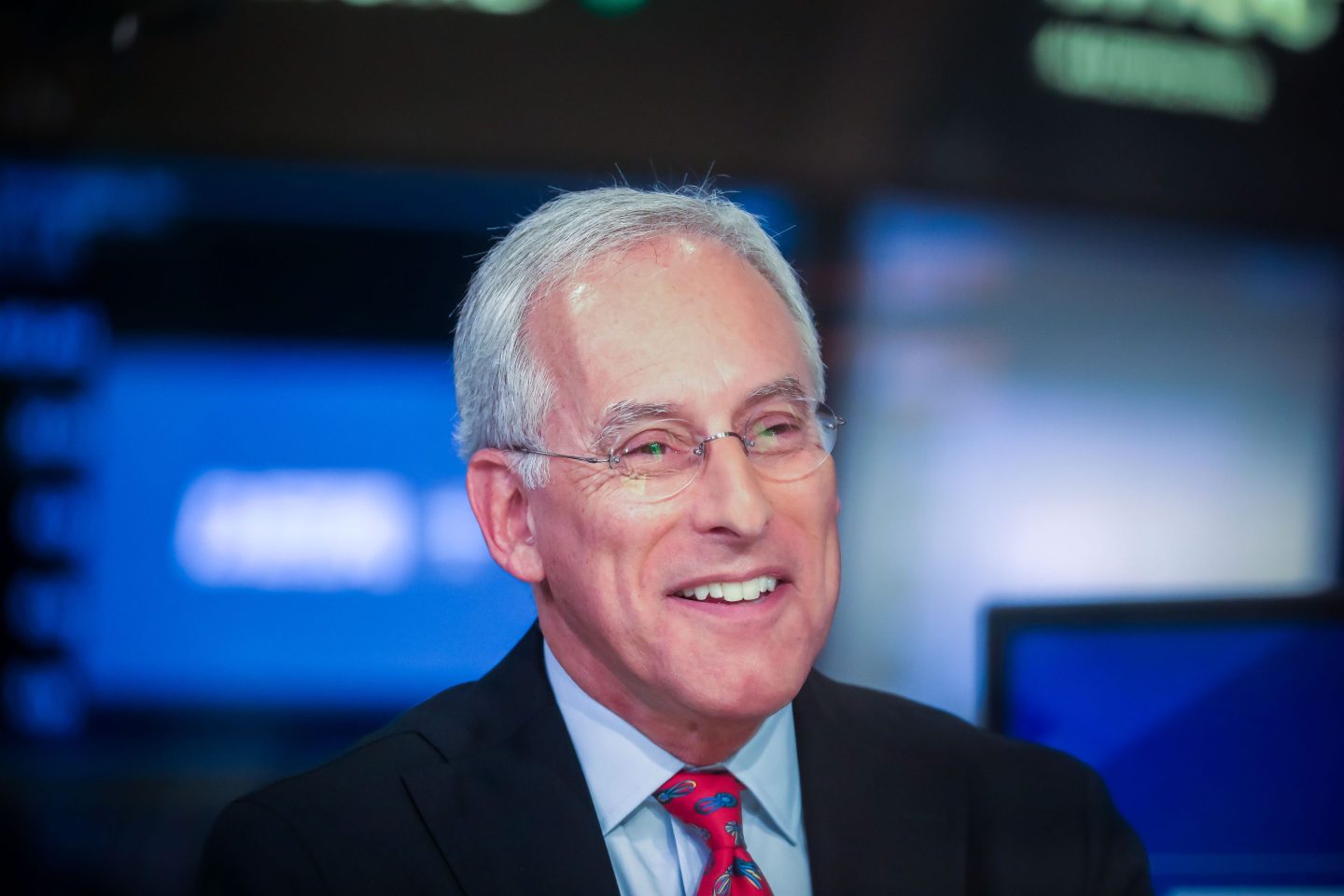Benjamin Franklin once said there are only two certainties in life: death and taxes. Although it’s hard to argue against that, the U.S. tax code, instead of being certain, is excessively complex; both taxpayers and policymakers are routinely frustrated by its arcane rules and loopholes that seem to contradict fairness and logic.
As President Obama makes his annual State of the Union Address next week, corporate America will be looking for answers to simplify and standardize the way taxes are computed. One way to do this is to replace the current progressive tax scale with a flat 20% tax rate for individuals who make more than $200,000 a year; and lower the 39.1% corporate tax rate to 12.5%, while simultaneously closing loopholes that make the system so unfair.
Here’s why.
In theory, most individuals are supposed to pay 40% in taxes. In practice, however, the wealthy pay closer to 22% for various reasons: many have a predominance of investment income, which is taxed at 20%; some may enjoy tax breaks from mortgage interest payments; some may donate to charities or have rental income that’s excluded; and most are able to deduct state and local taxes from their federal taxable income. The list goes on. Even those with $200,000 to $500,000 in annual income enjoy an effective tax rate of only 23%.
Given what the wealthy really pay in taxes, proposing a 20% flat rate isn’t that far off. And while a lower tax rate might reduce receipts from some payers, it would also put more money in the pockets of millions of consumers, which could boost the economy and raise tax revenues as a byproduct. With 70% of the U.S. economy dependent on consumption, a lower tax rate could provide a meaningful boost to GDP.
Similarly, major corporations pay substantially lower taxes by moving earnings offshore through a variety of loopholes, such as tax deductions for employer health insurance payments, accelerated depreciation of equipment, 401k contributions, as well as industry-specific tax credits. While some of these loopholes are reasonable and even desirable, they collectively cost the U.S. an estimated $180 billion in lost tax revenues per year. More importantly, the net effect is that corporations pay only 10% to 15% in taxes, making the higher official rate of 39.1% meaningless.
America currently has one of the highest corporate tax rates in the world, and lowering it would benefit not only businesses, but also the overall U.S. economy. As we’ve seen, the current rate comes with several unintended consequences, ranging from iconic companies like Burger King moving their operations overseas to avoid paying domestic taxes to Byzantine maneuverings by companies, such as Apple (AAPL) and Google (GOOG), in order to shield income from the IRS. A far less burdensome 12.5% tax rate could help keep these businesses stateside and make them less willing to engage in risky tax-dodging activities, ultimately leading to higher receipts for the U.S. Treasury.
Lower rates, combined with the closing of selected loopholes, should not hurt revenues for the IRS from wealthy individuals and corporations, would eliminate the need for a massive bureaucracy to process complicated taxes, and save taxpayers the expense and trouble incurred to realize savings. A side benefit is that a fixed tax regime will provide better visibility on taxes for everyone, which is useful for financial planning purposes.
Finally, this would help encourage fairness. The current code taxes income earned from investments at 20% and wages at a higher rate of 39.6%. While designed to encourage investment, the system inadvertently penalizes average Americans, many of whom rely solely on wages for their income. Taxing both passive and ordinary income at the same lower rate of 20% would level the playing field without hurting investors. It would also free up individuals to maximize their earnings from any source and be able to make investment decisions independently of tax considerations.
The lower cut-off of $200,000 in annual income under this plan takes into account the fact that below that threshold, most taxpayers actually pay 5%-15% in taxes and so it would be unfair to impose a 20% rate on them. The idea is that the 20% rate should only apply to those who already pay close to 20% or more in taxes (the higher income brackets) so that the U.S. can inject sanity and fairness into the system with penalizing any particular group.
Sanjay Sanghoee is a business commentator. He has worked at investment banks Lazard Freres and Dresdner Kleinwort Wasserstein, as well as at hedge fund Ramius Capital. He has an MBA from Columbia Business School. He does not own shares of Burger King, Apple or Google.
![<h1>Taxes</h1>
Next year, President Obama wants to reinstate the 20% R&D tax credit and make it permanent, adjust the alternative minimum tax for inflation, and reduce the corporate income tax rate to 28% from 35%. On the flip side, he has pledged to phase out the George W. Bush tax cuts on upper income Americans. This would increase personal income, capital gains, death and dividend taxes, especially for those in the top income bracket making $250,000 or more a year.
Governor Romney is advocating for tax reform that would lower the corporate income tax rate to 25% from 35%, reduce personal and capital gains and dividends taxes, while eliminating the death and individual alternative minimum tax. He has also stated plans to extend 100% expensing for all businesses for a year, so entrepreneurs are able to immediately recover their costs and reinvest in their business in 2013. He too, wants to make a 20% R&D tax credit permanent. Most importantly, he would not phase out the George W. Bush tax cuts.
Reality Check: Taxmageddon is coming to Main Street. Among the tax provisions scheduled to dramatically increase at the end of 2012 are marginal tax rates for individuals, the estate tax, capital gains, and dividend rates. These add up to an almost-$500 billion tax increase for 2013 alone. According to Chris Whitcomb at the National Federation of Independent Business, "Small business owners will be hit hardest because 75% of these concerns are pass through entities [i.e., LLCs, partnerships, sole proprietorships] that are taxed at the individual rate."
Here's how the uptick in tax rates play out: Obama's proposed personal income tax rate for the top bracket (approximately 24% of small business employers, according to a 2011 Treasury Department report based on 2007 tax data) in 2013 is 39.6%. If you add in the Medicare tax, the top rate hits 43.4%. On top of this, there are plans to raise the capital gains tax next year from 5% to 20% (23.8% with the Medicare tax), the death tax to 45% from 35% (with an exemption level of $3.5 million), and the dividends tax to a top rate of 20% from 15%.](https://fortune.com/img-assets/wp-content/uploads/2012/11/121102063450-142983118.jpg?format=webp&w=1440&q=100)











